Home

Conception

The Significance of Trilaminar Endometrium in Fertility: What You Need to Know
In this Article
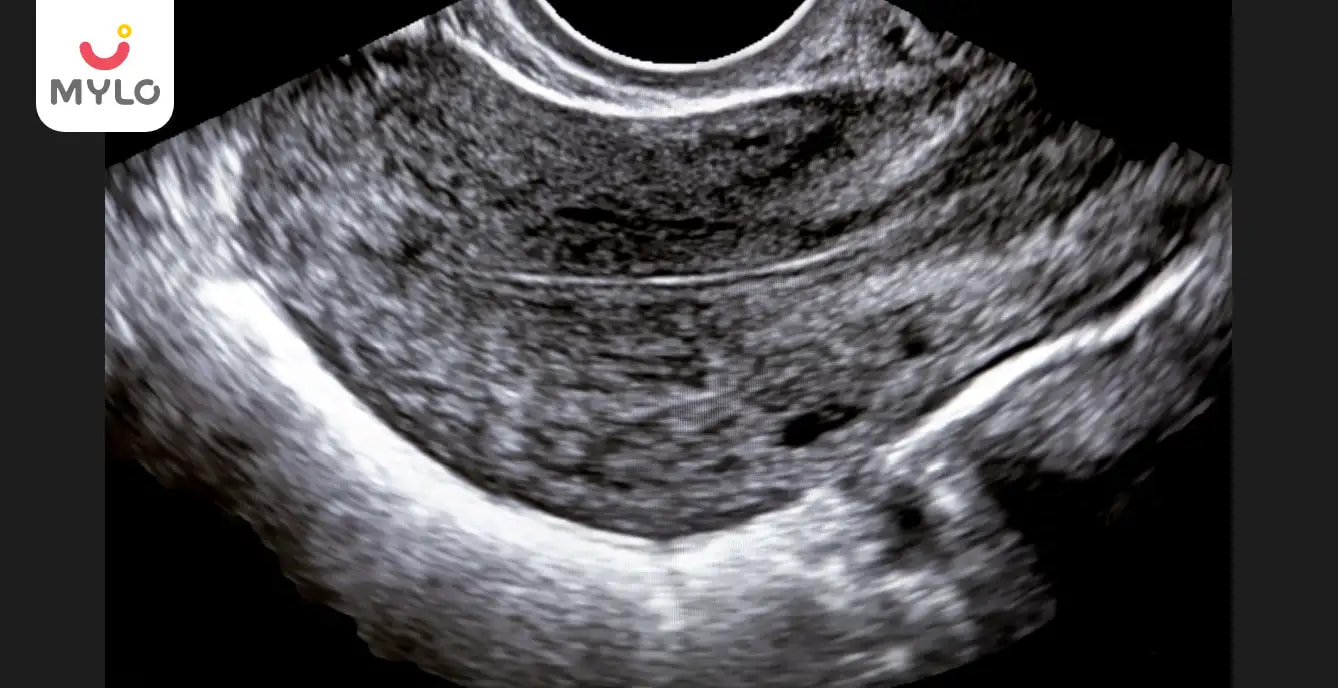
Conception
The Significance of Trilaminar Endometrium in Fertility: What You Need to Know
Updated on 23 October 2023
The road to conception and pregnancy can be a straight and smooth one for some couples but often a long, winding path for others. On this course to pregnancy, couples come across a dictionary-worth of fertility jargon and it becomes important to have a basic understanding of it. One such term that women pursuing fertility treatments may hear often is trilaminar endometrium. But what is it and how does it impact their reproductive health?
In this article, we will understand trilaminar meaning, its association with endometrium, its significance in a woman’s fertility journey and its impact on her chances of pregnancy.
Trilaminar meaning
"Trilaminar" refers to something that is composed of three layers or has a three-layered structure. In the context of medicine, the term "trilaminar" is often used to describe the appearance of the endometrium, which is the inner uterine lining.
What Does Trilaminar Uterine Lining Mean?
The endometrium, which is the innermost lining of the uterus, normally consists of two layers during most of the menstrual cycle. However, during the fertile window, the endometrium becomes trilaminar, meaning it develops a third layer. This third layer, known as the hyperechoic middle layer, is crucial for successful implantation of a fertilized egg.
You may also like: Normal Endometrial Thickness: A Key Indicator of Female Fertility
What are the Factors That Affect Triple Line Endometrium?
Here are five factors that play a role in the formation of triple line or trilaminar in the endometrium:
1. Hormonal Balance
Hormones, such as estrogen and progesterone, play a vital role in the development and thickening of the endometrium. An imbalance in these hormones can hinder the formation of triple lining in the endometrium.
2. Menstrual Cycle Regularity
Irregular menstrual cycles can disrupt the normal hormonal fluctuations necessary for the development of trilaminar in the endometrium.
3. Age
As women age, the quality and thickness of the endometrium may decrease, making it harder to achieve trilaminar uterine lining.
4. Uterine Abnormalities
Structural abnormalities, such as fibroids or polyps, can interfere with the formation of trilaminar inner uterine lining.
5. Inflammation or Infection
Any inflammation or infection in the uterus can disrupt the normal development of the endometrium, preventing it from becoming trilaminar.
You may also like: Endometrial Hyperplasia: The Ultimate Guide to Understanding Its Causes and Treatment
Why is Trilaminar Endometrium Important?
Triple line endometrium is of utmost importance for successful implantation and pregnancy. Here are five reasons why it is crucial:
1. Optimal Nourishment
The trilaminar lining in the uterus provides an ideal environment for the fertilized egg to receive the necessary nutrients and support for implantation and early embryo development.
2. Adequate Blood Supply
The hyperechoic middle layer of the trilaminar uterine lining ensures a robust blood supply to the developing embryo for proper nourishment and growth.
3. Hormonal Synchronization
Triple line endometrium means hormonal synchronization and balance, which is essential for successful implantation and pregnancy.
4. Reduced Miscarriage Risk
Studies have shown that women with trilaminar endometrial patterns have a lower risk of miscarriage compared to those with abnormal endometrial patterns.
5. Increased IVF Success Rates
Trilaminar is associated with higher success rates in in vitro fertilization (IVF) procedures, making it a crucial factor for couples undergoing fertility treatments.
How to Achieve Trilaminar Uterine Lining?
Achieving trilaminar or triple layers in the uterine lining is possible with the right approach. Here are five ways to help you achieve trilaminar in the endometrium:
1. Hormone Therapy
For women with hormonal imbalances, hormone therapy can help regulate the hormonal fluctuations necessary for the development of trilaminar in the endometrium.
2. Healthy Lifestyle
Maintaining a healthy lifestyle, including a balanced diet, regular exercise, and managing stress, can positively impact.
3. Address Uterine Abnormalities
If structural abnormalities, such as fibroids or polyps, are present, it is important to address them through surgical intervention to improve the chances of achieving trilaminar uterine lining.
4. Inflammation Management
Treating any inflammation or infection in the uterus is crucial to create a favorable environment for the development of triple line endometrium.
5. Fertility Treatments
In some cases, assisted reproductive technologies such as IVF may be necessary to achieve trilaminar and increase the chances of successful implantation.
You may also like: Bulky Uterus: What You Need to Know About this Common Gynecological Issue
FAQ’s
1. Triple Line Endometrium: Is It Good or Bad?
The presence of triple line endometrium is generally considered a positive sign for fertility. It indicates that the uterus is prepared for successful implantation and pregnancy. However, many women have successfully conceived without a triple line in the endometrium. It is just one of the factors that contribute to fertility and should be considered alongside other factors.
2. When Does Endometrium Become Trilaminar?
The endometrium typically becomes trilaminar during the fertile window, which occurs around the middle of the menstrual cycle and is characterized by a surge in estrogen levels. Monitoring the thickness and appearance of the endometrium through ultrasound scans can help determine if it has become trilaminar.
Final Thoughts
Trilaminar endometrium provides an optimal environment for successful implantation and pregnancy. While achieving trilaminar uterine lining may require addressing hormonal imbalances, maintaining a healthy lifestyle, and sometimes seeking fertility treatments, it is important to remember that fertility is a complex interplay of various factors. Consulting with a healthcare professional specializing in reproductive medicine can provide personalized guidance and support on the journey to parenthood.
References
Zhao J, Zhang Q, Li Y. (2012). The effect of endometrial thickness and pattern measured by ultrasonography on pregnancy outcomes during IVF-ET cycles.
Giri SK, Nayak BL, Mohapatra J. (2021). Thickened Endometrium: When to Intervene? A Clinical Conundrum. J Obstet Gynaecol India.



Written by
Anandita Sharma
Drawing on more than a decade of expertise in administration, Anandita Sharma currently serves as a content operations e
Read MoreGet baby's diet chart, and growth tips
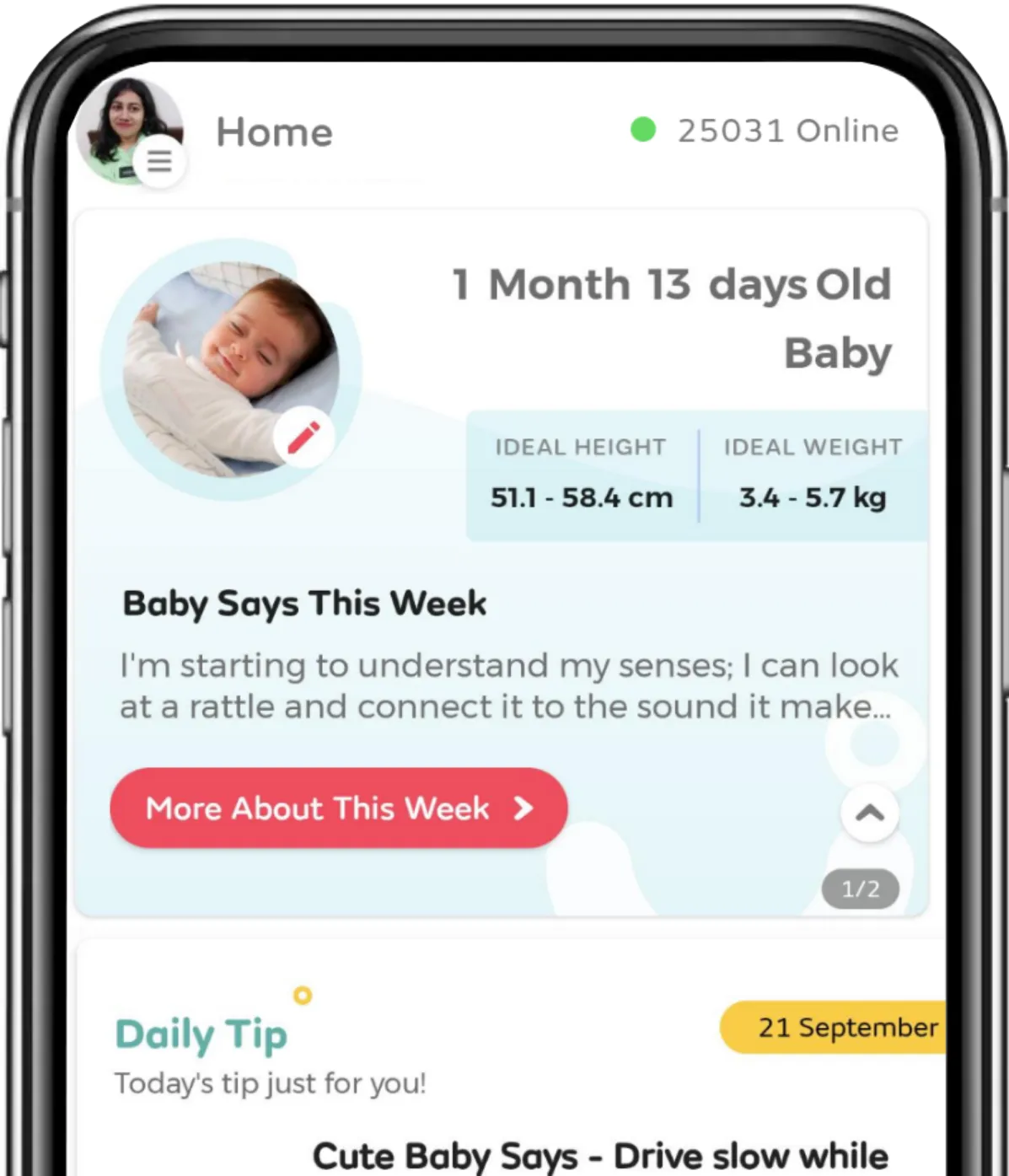
Related Articles
Related Questions
Hello frnds..still no pain...doctor said head fix nhi hua hai..bt vagina me pain hai aur back pain bhi... anyone having same issues??

Kon kon c chije aisi hai jo pregnancy mei gas acidity jalan karti hain... Koi btayega plz bcz mujhe aksar khane ke baad hi samagh aata hai ki is chij se gas acidity jalan ho gyi hai. Please share your knowledge

I am 13 week pregnancy. Anyone having Storione-xt tablet. It better to have morning or night ???

Hlo to be moms....i hv a query...in my 9.5 wk i feel body joint pain like in ankle, knee, wrist, shoulder, toes....pain intensity is high...i cnt sleep....what should i do pls help....cn i cosult my doc.

Influenza and boostrix injection kisiko laga hai kya 8 month pregnancy me and q lagta hai ye plz reply me

RECENTLY PUBLISHED ARTICLES
our most recent articles
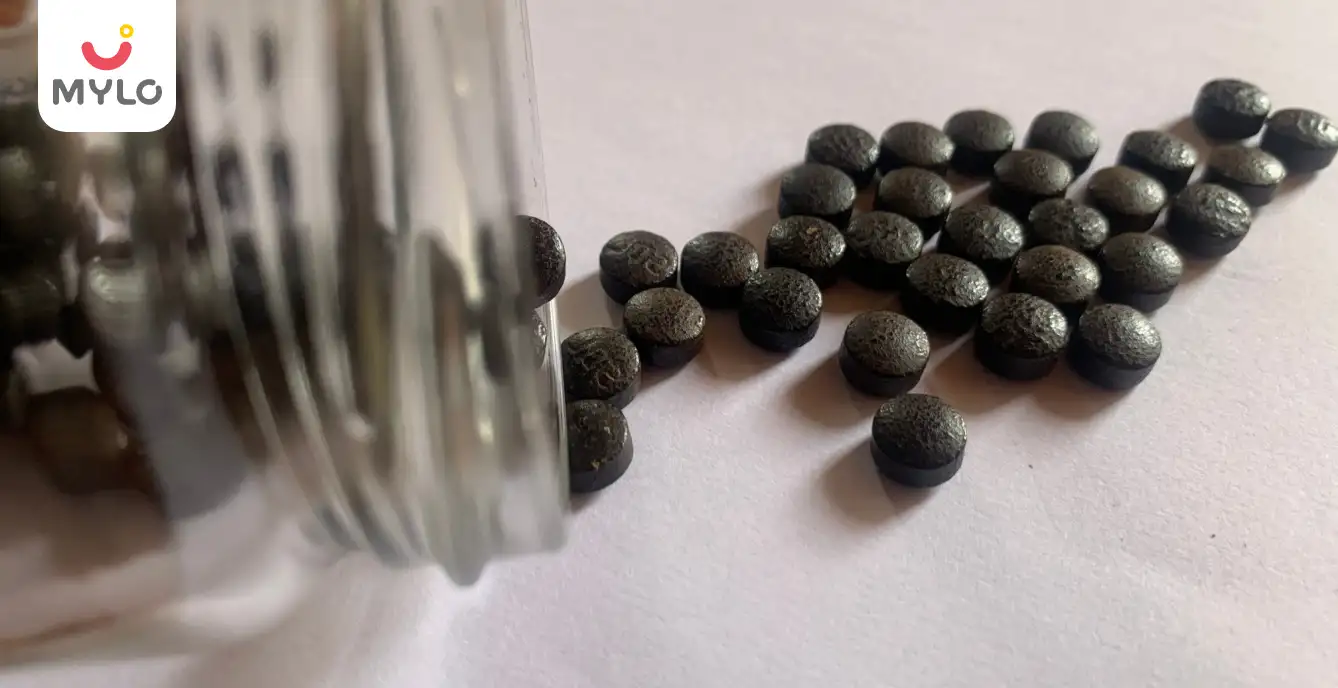
Herbal Medicines
Kanchanar Guggulu: Your Ultimate Guide to a Healthy Lifestyle
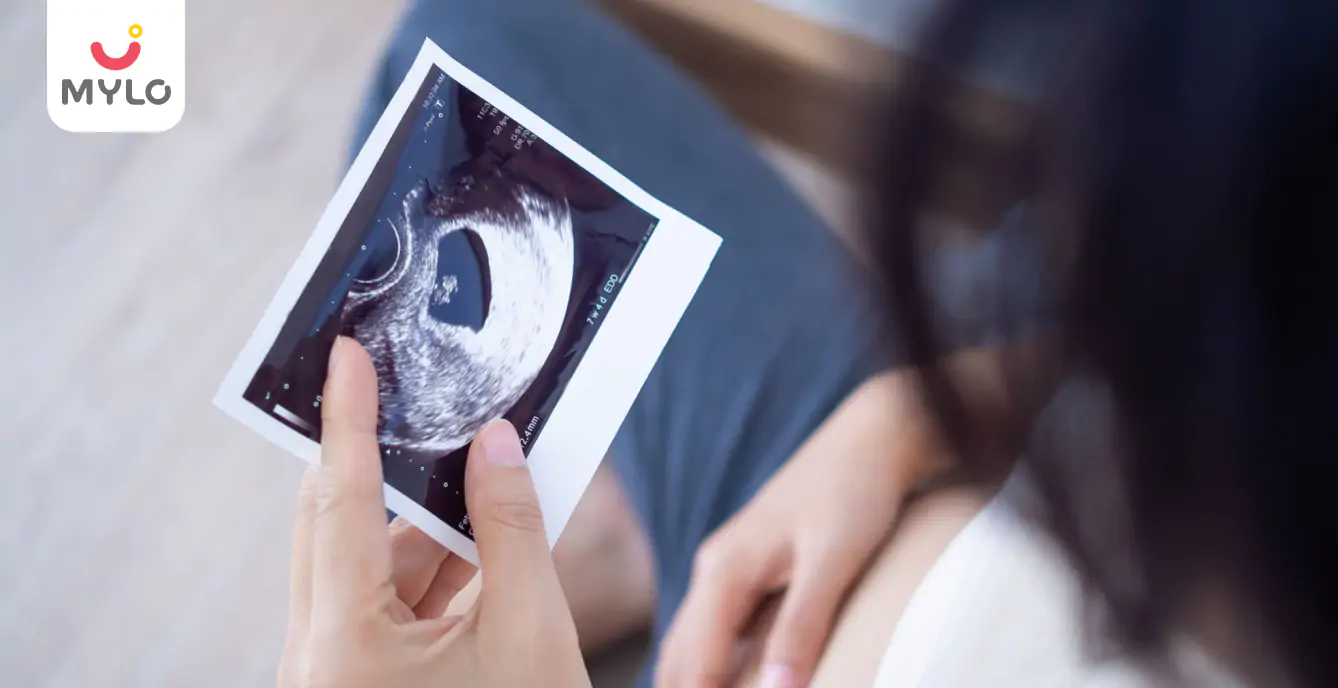
First Trimester
First Trimester of Pregnancy

TV & OTT
Top 10 Comedy Movies on Hotstar to Make You Laugh Your Heart Out
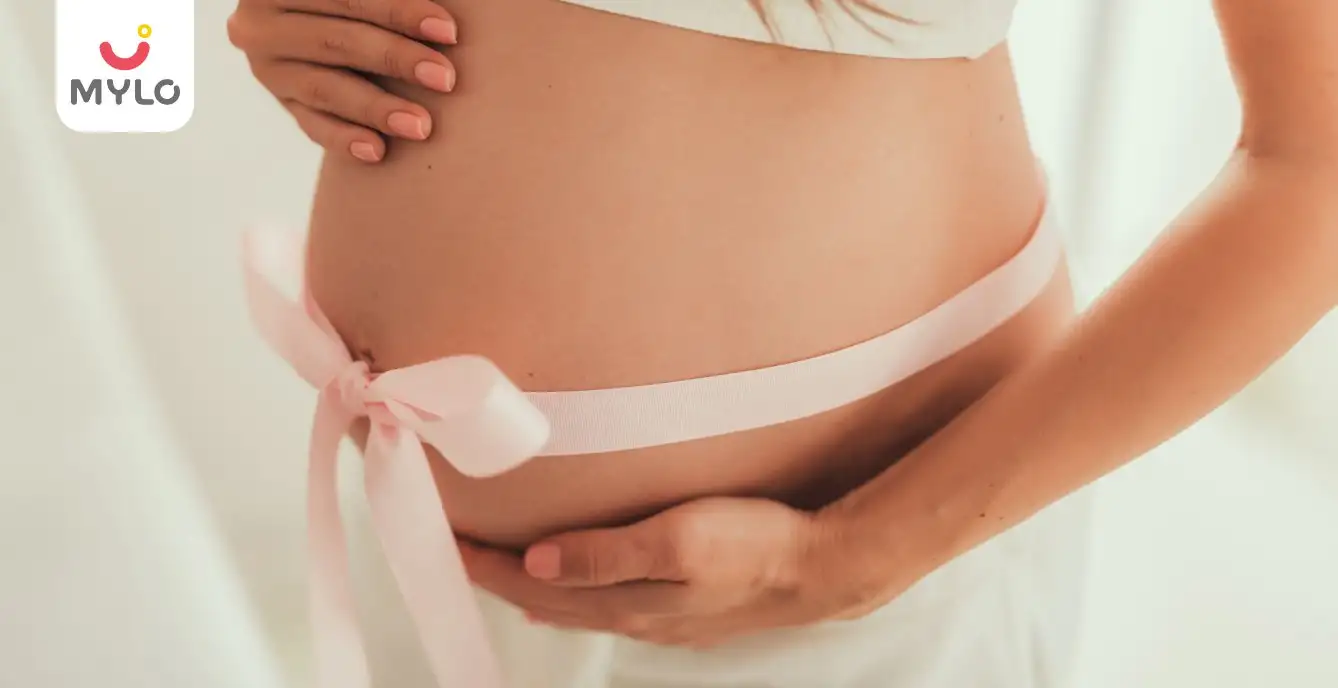
Pregnancy Journey
Stages of Pregnancy by Trimester

TV & OTT
Your Streaming Guide to the Best Web Series on Hotstar in Hindi

TV & OTT
Top Romantic Movies on Hotstar That'll Melt Your Heart
- When to Have Another Child: Timing and Tips
- Top 10 Benefits of Triphala: Discover the Hidden Health Secrets
- Ayurvedic Medicine for Irregular Periods: Discovering Ancient Remedies for Hormonal Harmony
- The Link Between Missed Period and White Discharge
- Vata Pitta Kapha: The Ultimate Guide to Discovering Your Ayurvedic Constitution
- Top 10 Romantic Web Series on Hotstar You Must Watch
- Back Pain During Period: Understanding the Causes and Solutions
- Pain After Sex: The Ultimate Guide to Understanding Causes and Finding Relief
- Coffee in Periods: Debunking the Myths and Understanding the Facts
- Postmenopausal Bleeding: Symptoms, Causes & Treatment
- Hormone Replacement Therapy (HRT) : Type, Side Effects & Treatment
- Dolo 650 During Breastfeeding: Expert Advice and Guidelines for Nursing Mothers
- Arogyavardhini Vati: How This Herbal Blend Can Help You Balance Your Three Doshas
- How to Clean Your Vagina & Vulva Complete Guide


AWARDS AND RECOGNITION

Mylo wins Forbes D2C Disruptor award
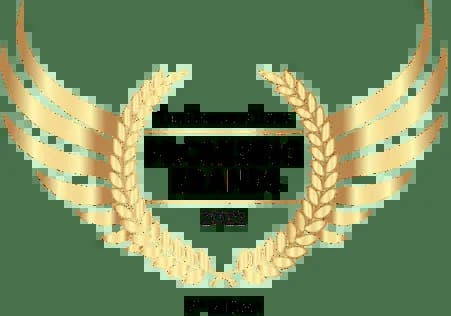
Mylo wins The Economic Times Promising Brands 2022
AS SEEN IN











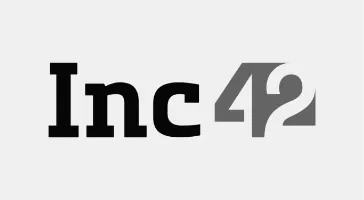




- Mylo Care: Effective and science-backed personal care and wellness solutions for a joyful you.
- Mylo Baby: Science-backed, gentle and effective personal care & hygiene range for your little one.
- Mylo Community: Trusted and empathetic community of 10mn+ parents and experts.
Product Categories
baby carrier | baby soap | baby wipes | stretch marks cream | baby cream | baby shampoo | baby massage oil | baby hair oil | stretch marks oil | baby body wash | baby powder | baby lotion | diaper rash cream | newborn diapers | teether | baby kajal | baby diapers | cloth diapers |








